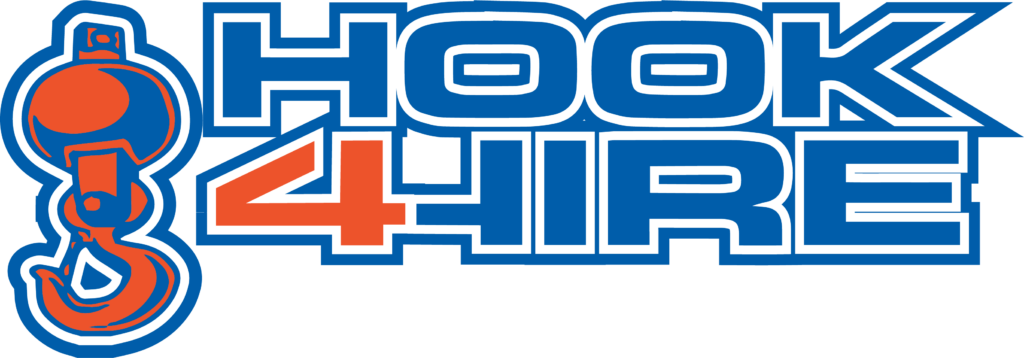As the construction and infrastructure industries continue to develop and innovate, modern technology has played an increasingly critical role in enhancing the safety, efficiency, and overall success of mobile crane operations. With a steadfast commitment to providing mobile crane services that meet the highest safety standards in the industry, Hook4Hire is dedicated to staying up-to-date with the latest technological advancements to offer clients the best possible solutions.
In this informative article, we will take a closer look at some of the groundbreaking technologies currently revolutionizing the world of mobile crane operations. We will discuss innovations such as telematics, remote control systems, load moment indicators, and advanced safety systems that are transforming how crane operators, site managers, and project teams approach complex lifting tasks in today’s dynamic construction landscape.
Telematics: A Game-Changer for Fleet Management and Equipment Maintenance
Telematics has revolutionized the way mobile crane service providers manage their fleet of equipment as well as monitor maintenance requirements. By enabling real-time data collection via GPS and other sensors, telematics provides numerous benefits for mobile crane operations, including:
– Remote Fleet Monitoring: Telematics allows crane service providers like Hook4Hire to track, assess, and manage their mobile cranes even when they’re scattered across multiple job sites. This real-time information helps to optimize equipment utilization, minimize downtime, and maximize the efficiency of crane operations.
– Predictive Maintenance: By collecting crucial data such as engine performance, telematics helps in identifying potential issues before they develop into critical failures. This predictive approach to maintenance can prevent expensive repairs, unplanned downtime, and costly delays, resulting in significant cost savings and improved safety.
Remote Control Systems: Enhancing Safety and Precision in Crane Operations
Remote control systems have emerged as an invaluable tool for increasing safety and precision during mobile crane operations. These systems allow crane operators to manage the lift from a safe distance, reducing the risk of on-site accidents and enhancing the overall control of the equipment. Key advantages of remote control systems include:
– Improved Visibility: Operating the mobile crane remotely often enables the operator to have a better line of sight, which leads to improved accuracy and safety during the lift.
– Reduced Operator Fatigue: By eliminating the need to be in the actual crane cab for long hours, remote control systems can minimize operator fatigue, leading to safer and more efficient operations.
Load Moment Indicators: Ensuring Safe Lifting and Load Handling
Load moment indicators (LMIs) are vital safety devices installed on mobile cranes that provide real-time information on the crane’s load capacity, helping prevent potential accidents due to overloading or improper load handling. These advanced systems offer essential features such as:
– Load Monitoring: LMIs continuously monitor and display the weight of the load being lifted, ensuring that the mobile crane does not exceed its rated capacity.
– Range Limiting: By alerting the operator if the crane is approaching its maximum safe working range, LMIs help prevent dangerous situations such as tip-overs and structural damage to the crane.
By incorporating LMIs into mobile crane operations, providers like Hook4Hire significantly improve safety standards, complying with industry regulations and promoting a safe working environment for all personnel.
Advanced Safety Systems: Reducing Risks and Boosting Efficiency
Modern mobile cranes come equipped with a range of advanced safety systems designed to reduce risks and enhance efficiency during crane operations. Some notable safety systems include:
– Anti-Two-Block Systems: This safety feature prevents the hook block from making contact with the boom tip during a lift, thereby avoiding potential structural damage and accidents.
– Wind Speed Sensors: These sensors monitor wind speeds in real-time, alerting the operator if conditions become unsafe for crane operations and allowing them to take appropriate action.
– Outrigger Monitoring Systems: By ensuring proper outrigger positioning and stability, these systems help maintain a secure, level foundation for the mobile crane during lifting tasks.
By prioritizing the use of such advanced safety systems, Hook4Hire effectively minimizes risks and promotes a secure working environment throughout all phases of mobile crane operations.
Conclusion
The rapid evolution of technology in the mobile crane industry has profoundly impacted the efficiency, safety, and success of crane operations in construction and infrastructure projects. From telematics and remote control systems to load moment indicators and advanced safety features, these innovations are propelling crane operations into a new era of safety and precision.
At Hook4Hire, we are dedicated to embracing modern technology and remaining at the forefront of the industry to provide our clients with the best possible solutions and services. Our commitment to the highest safety standards ensures that we continuously strive to incorporate the latest innovations into our mobile crane operations, creating safer working environments and driving project success for our clients.
By understanding and leveraging these cutting-edge technological advancements, construction and infrastructure professionals can optimize their crane equipment operations, enhancing safety and efficiency while ensuring long-term success and growth in the industry.
